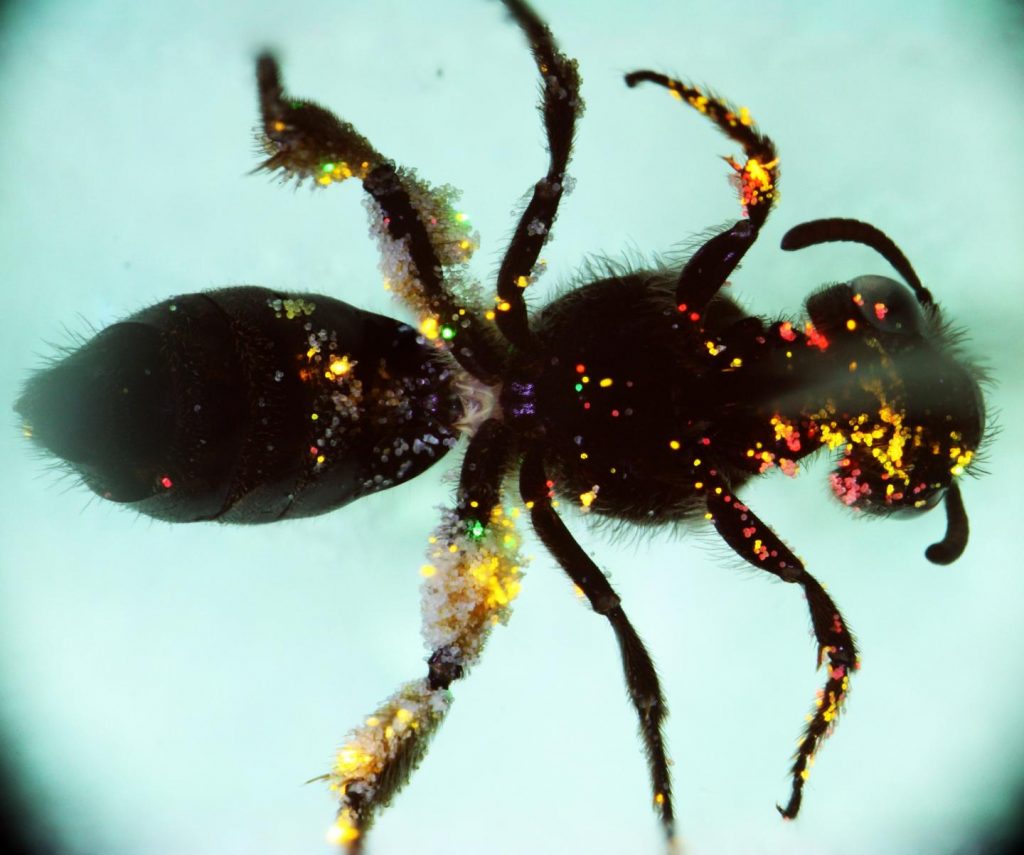Marina Joubert, science communication researcher at Stellenbosch University in South Africa, has written a September 21, 2023 essay about science communication and documentary filmmaker, Sonya Pemberton, on The Conversation (h/t Sept. 21, 2023 news item on phys.org), Note: Links have been removed,
In general, people trust scientists more than they do most other professions. But this isn’t the case universally. Trust in science dropped in sub-Saharan Africa after the pandemic. In other parts of the world, in particular the US, public opinion about science is driven by political ideology and is becoming increasingly polarised.
As multi award-winning Australian filmmaker Sonya Pemberton put it during a plenary address at the 2023 Public Communication of Science and Technology Conference: “We have access to so much information, and yet simultaneously some areas of science are facing walls of doubt, disbelief and distrust.”
So what’s the solution? Communication, Pemberton told attendees at the conference, held in April in Rotterdam, in the Netherlands:
Her assertion, and her approach to making films, is rooted in evidence from science communication research. To build trust with an audience, scientists must demonstrate that they are competent experts. But they must also come across as warm, caring and human.
Pemberton – and we, a group of South African science communication academics who attended the conference – are part of a global movement in our discipline towards using the science of science communication. In essence, this is about building our science engagement efforts on evidence, rather than on a gut feeling.
Pemberton has one guiding principle: know your audience. She also has five golden rules for effective science communication:
- acknowledge uncertainty
- avoid polarising messages
- check for biases
- incite curiosity
- embrace complexity.
…
… where her five rules come in. They are the way, she believes, to engage those who dislike, distrust or dismiss science. Her approach draws on the Yale University-based Cultural Cognition project, which involves an interdisciplinary team of scholars using what they call “empirical methods to examine the impact of group values on perceptions of risk and related facts”.
1. Acknowledge uncertainty
Sometimes scientists are wrong. …
…
Joubert’s September 21, 2023 essay also has an embedded SWIPE SciComm Issue no. 3 video interview with Pemberton (runtime of almost 47 mins.).
As for SWIPE SciComm, it is a mobile science communication magazine that was launched according to Dr. Tullio Rossi’s October 26, 2022 blog post on that date on Dr. Rossi’s ‘Animate Your Science’ website,
I’m SO EXCITED to share a major new project with you!!!
We’ve been keeping this project secret for the past 6 months, and it’s now time to reveal that we created the world’s FIRST science communication magazine!
…
Wait, what? Yes you heard right!
My team and I realised that there was not a single science communication magazine out there, so so we decided to create one!
And since it’s 2022, and we don’t like to cut down trees for paper or burn fuel to ship it, we made it mobile-first 📱. It’s a new kind of magazine that you can read on your phone without downloading any apps simply by swiping and scrolling. 📲
Here’s an overview of what to expect:
Interviews with leading personalities
Tutorials
Reviewing the “science” of science communication
Guest articles
Case studies…
Dr. Rossi’s declaration may be a bit of a surprise to the folks at Sage Journals who publish Science Communication,
Science Communication is an international and highly ranked communication research journal that publishes manuscripts that are of the highest quality, in terms of theory and methods. We define science broadly to include social science, technology, environment, engineering, and health, as well as the physical and natural sciences. However, across all scientific contexts, communication must be at the center of the investigation. We also recognize the critical importance of science communication practice and expect all manuscripts to address the practical implications of their research, as well as theory.
…
Perhaps Dr. Rossi meant the mobile aspect? In that case, SWIPE SciComm seems to be a first.
Dr. Rossi’s free magazine initiative is part of his larger venture for-profit venture, Animate Your Science, which was last mentioned here in a July 15, 2019 posting (scroll down to the text immediately following the image of an x-rayed hand followed by an embedded vide).
